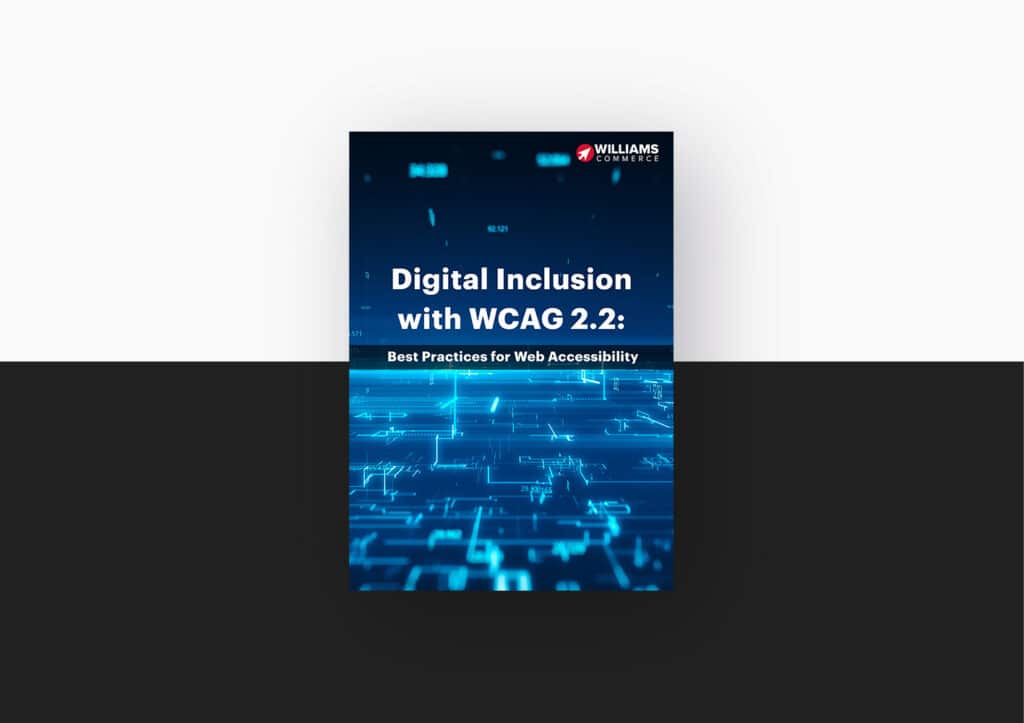We once used our wallets for loose coins, a few bank notes and perhaps a debit or credit card. Now digital wallets have replaced them for many of us. Contactless payments for in-person sales sky-rocketed around the world during the pandemic and have now become the typical way to pay. By 2027 the market for contactless payments is expected to be worth over US$4.6trillion.
Now, alongside online card transactions, digital wallets are becoming the preferred choice for ecommerce payments. Already popular in the Asia-Pacific region, by 2025 digital wallets are expected to account for more than half of ecommerce transactions worldwide and nearly 40% of point of sale purchases.
How digital wallets work
A digital wallet is a payment system designed for electronic transactions using either your credit or debit card account or pre-loaded funds. You simply confirm your identity with a password, personal identification number (PIN), fingerprint or facial recognition. Your digital wallet stores all the other information needed to make a purchase.
Some wallets allow peer to peer payments and with others you can make automatic teller machine (ATM) withdrawals.
The process is supported by secure software and tokenization which encrypts your sensitive data. When a transaction is initiated your digital wallet is connected to your bank to create a specific token for that purchase only. Whether you are paying in store, using near field communication (NFC), or buying online from your home computer the seller will receive a token but not your card information.
You can also pay for travel, buy vouchers and top-up loyalty cards using your digital wallet. Many organizations have been quick to recognize the opportunities they offer to build relationships and reward customers as they become more widely used.
Who uses digital wallets
Up to 60% of people surveyed in the US, UK and Australia said they have enough confidence in digital wallets to leave their traditional wallets at home. Over half said they are now so familiar with contactless payments they didn’t want to use a PIN anymore. Worldwide, the number of people using cash on a weekly basis is falling. In the US the figure is around 23% and in Australia it is already as low as 13%.
Unsurprisingly, the technology is most popular with younger people. In the UK, for example, zoomers born in this century are more than twice as likely to use digital wallets as people aged 51 to 65.
Types of digital wallet
China’s AliPay is the most widely used third-party online payment service provider with 1.3billion users. Originally launched in 2004 and upgraded in 2013 with the Alipay Wallet app, users store their debit or credit card details in the app for online or in store purchases using mobile devices.
Amazon launched its own wallet, Amazon Pay, in 2007 making it easy for customers to pay using information already stored in their Amazon account, third-party accounts online, or via a mobile device. If a transaction is rejected customers can update their details without leaving the checkout.
Facebook Pay was introduced in 2009 and is used in 160 countries with 55 currencies. It was officially renamed as MetaPay in June 2022. It can be used across Facebook, Instagram, WhatsApp and Messenger. Meta Chief Executive, Mark Zuckerberg, says the aim is to allow users of MetaPay to securely manage their identities, what they own and how they pay.
In 2011 Google launched the Google Wallet and invited payment networks, carriers, and banks to get involved. The launch coincided with Google Offers, which provided offers of the day that could be redeemed when you completed your purchase or at the point of sale. In 2018 Google Pay combined Google Wallet and Android Pay to be used in stores via Android apps or online in the Chrome browser using card details saved to a Google account. One benefit is Google’s location-based notifications which can remind customers that they have vouchers they can use in a nearby store.
WeChat Pay was also launched in 2011 and now has 900million users and supports 25 different currencies. It’s an integral part of the WeChat ecosystem for digital conversations, product discovery and payment. It can be used in-person and remotely by scanning a QR code.
Apple launched its Apple Pay wallet in 2014 for iPhones, Apple watches, Macs, and iPads. It has recently announced Tap to Pay for the iPhone in the US allowing payments from Apple Pay, contactless credit and debit cards, and other digital wallets without any additional equipment. As around 75% of iPhone users have enabled ApplePay this is a payment method that should be considered if your analytics indicates heavy Apple use of your site.
Stalwart PayPal has almost 430 million users in 200 countries and 25 currencies. In 2021 it launched the PayPal app which can be linked to your credit or debit card accounts and includes PayPal Savings, bill payments and a direct deposit feature that allows you to send and receive money. Users can make in-store purchases and redeem rewards using QR codes. There’s also a Pay Later option with 0% interest. PayPal subsidiary Venmo allows users to shop online and in person with participating retailers.
The next phase
Wearable devices have been most commonly used for health and fitness but smart watches and rings can now be used to make payments using simple gestures. They offer similar functionality to smartphones. Users can connect them to their debit and credit cards for payments and with facial and fingerprint recognition biometrics included on both Android and iOS platforms, they are attracting attention across the financial sector.
Pilot tests in Europe and Asia have used iris scanners and facial recognition payment technologies and Rapid Contactless Personalization (Rcos) could help to make wearables an even more attractive option for digital payments.
Speak with one of our experts for helpful advice about digital wallets and other payment solutions for your business.



